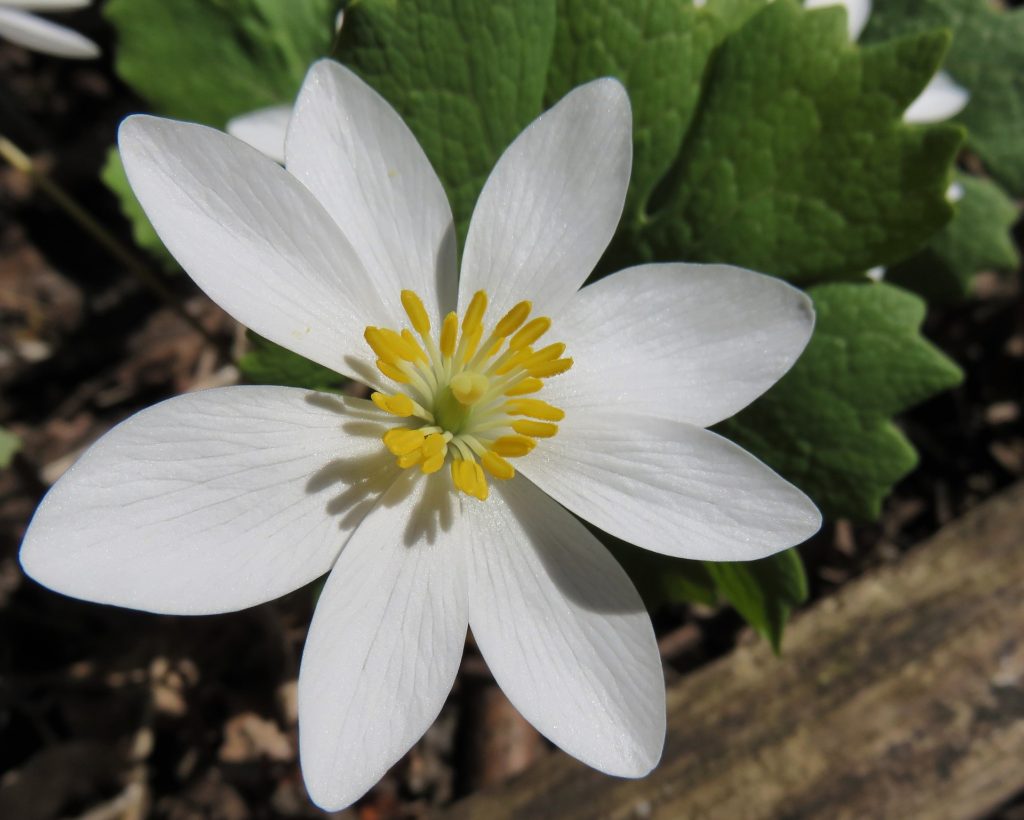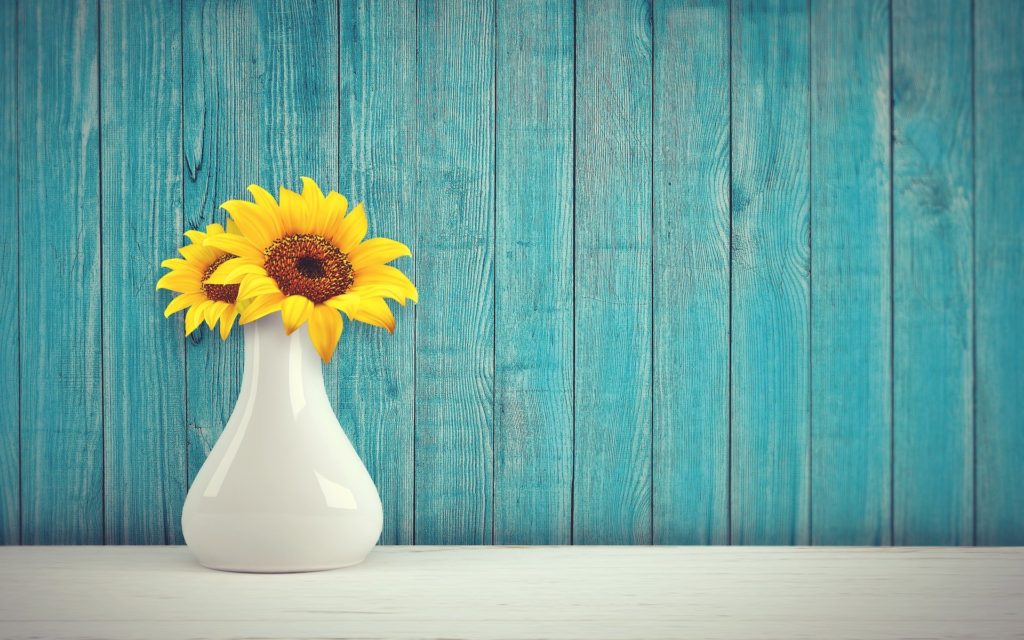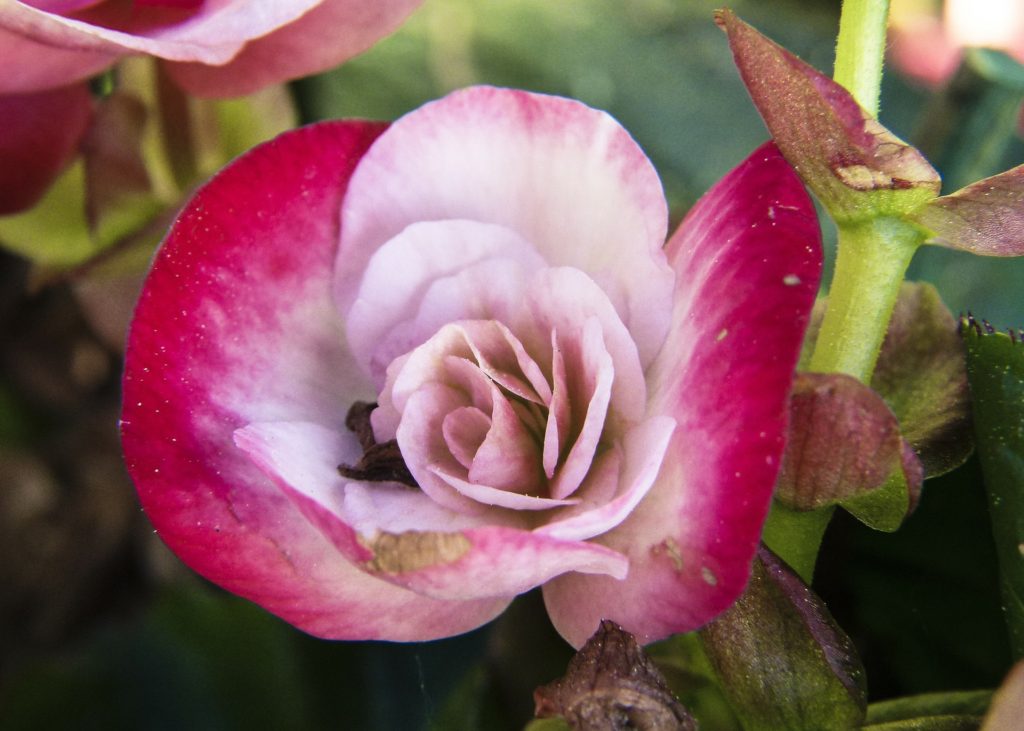FLOWERS FOR BEGINNER PLANTERS
When you picture the ideal garden, flowers are usually the first thing that comes to mind. Mountains of them, spilling out over beds and hanging baskets, of all different colours, shapes and sizes.
Growing flowers is, however, a challenge, especially if you throw yourself in at the deep end. Just as with cooking recipes, it’s best to start with the easy flowers first and work your way up. Cheese on toast is a lot easier to make than a cheese souffle.
Here are some of the flower species you’ll want to plant first if it is your first season growing flowers of various kinds.
Lavender
Lavender is actually a herb, not a flower (not the best start), but it looks like one, so for our purposes, we’re going to say that it is. Lavender grows voraciously in temperate climates, soon consuming the entire bed in which you plant it, without proper management.
The only real requirement for lavender is that you have well-drained soil. Other than that, it can survive most seasons and climates, even extreme dryness and heat in the summer. What’s more, it’s a magnet for bees and smells great when you bring the odd clipping indoors.
Bloodroot
Bloodroot isn’t a domesticated flowering plant species: it’s wild.
It is, therefore, a plant that comes to you on the wind. Bloodroot has a delicate white leaf that shields the seeds inside. If you check wildflowers by month, you’ll find that these arrive in the spring.
To get bloodroot and other wildflowers in your garden, leave an area of uncut lawn as meadow and don’t try to control weed growth. You should hopefully find that the plant arrives naturally, providing you with effortless flowering beauty, without the need to do any real work.
Sunflowers
Sunflowers are one of the largest flowers in the world. What’s more, they can stand between three and fifteen feet tall, meaning that they make quite an impact once mature.
Sunflowers don’t need much attention to keep them happy. As with lavender, the main requirement is relatively dry soil, with the odd sprinkle of water here and there.
Sunflowers bloom in the summer and are drought and heat-resistant – great if you want to grow them at southerly latitudes.
Marigolds
Marigolds are red, gold and yellow flowers that bloom throughout the spring, summer and fall, only falling quiet in the winter. This feature makes them a great plant to incorporate into any beginner garden where you want colour for as much of the year as possible.
Marigolds have another nice benefit too: they repel mosquitos. Plant marigolds around your verandas and decking and you should hopefully be able to read a book outdoors in the summer without getting bitten every five minutes.
To grow marigolds, plant them in sandy soil and water well.
Sweet Peas
Sweet peas have the advantage that they will grow, even in full sun, thanks to their dark, pink and blue protective pigments.
Sweet peas are most common in hot climates in the spring and bloom everywhere else in the autumn. While they can grow voraciously, they are climbers and so need a supporting fence. It’ll take a few years for the plant to grow out across whatever structure you use, but once it does, it creates a stunning effect.
Snapdragons
Snapdragons can be perennial in some zones, so check your location to make sure.
These flowers are somewhat unusual. The flowers bloom from numerous buds located along the central stalk of the plant. These buds then successively open as the season develops, creating a beautiful effect when in full bloom.
You find snapdragons in cottage-style gardens most commonly, although you can put them anywhere. Their shape makes them popular when lining paths and garden walkways.
Wax Begonias
If you want to make a bit more of a statement, then wax begonias are your friend. These orange and pink flowers tend to bloom most in the summer and autumn and then go quiet in the winter.
They’re slightly more demanding to grow than some of the species in this list. In particular, they need highly fertile soil, so you may have to enrich your beds with a little compost. Furthermore, they don’t do well in direct sunlight, so shade is advised, especially when the sun is overhead.
Lupines
Lupines are a little bit like Snapdragons in terms of their shape, although they grow much taller – four feet in some cases.
These plants like average, well-drained soil and thrive the most when incorporated into borders. They also help bring butterflies to your garden.







